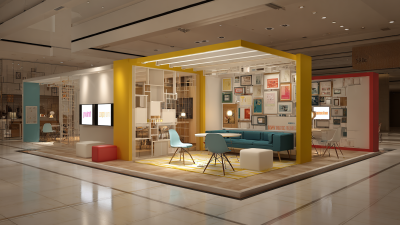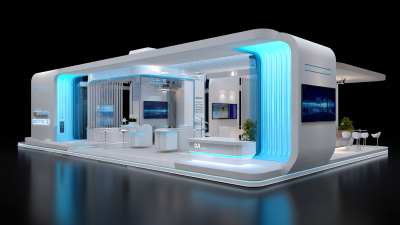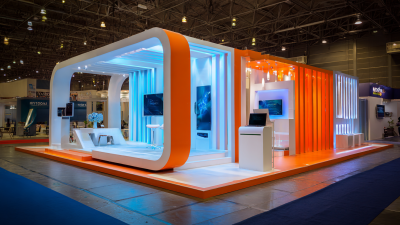
When planning for a trade show, one of the most critical decisions that exhibitors face is the selection of the right Exhibition Standard Booth. According to the Trade Show Industry Association, companies that invest in well-designed booths can see a 30% increase in leads, underscoring the significance of this choice. With trade shows projected to generate nearly $14 billion in revenue in 2025, the stakes are higher than ever for businesses aiming to stand out in a competitive landscape.
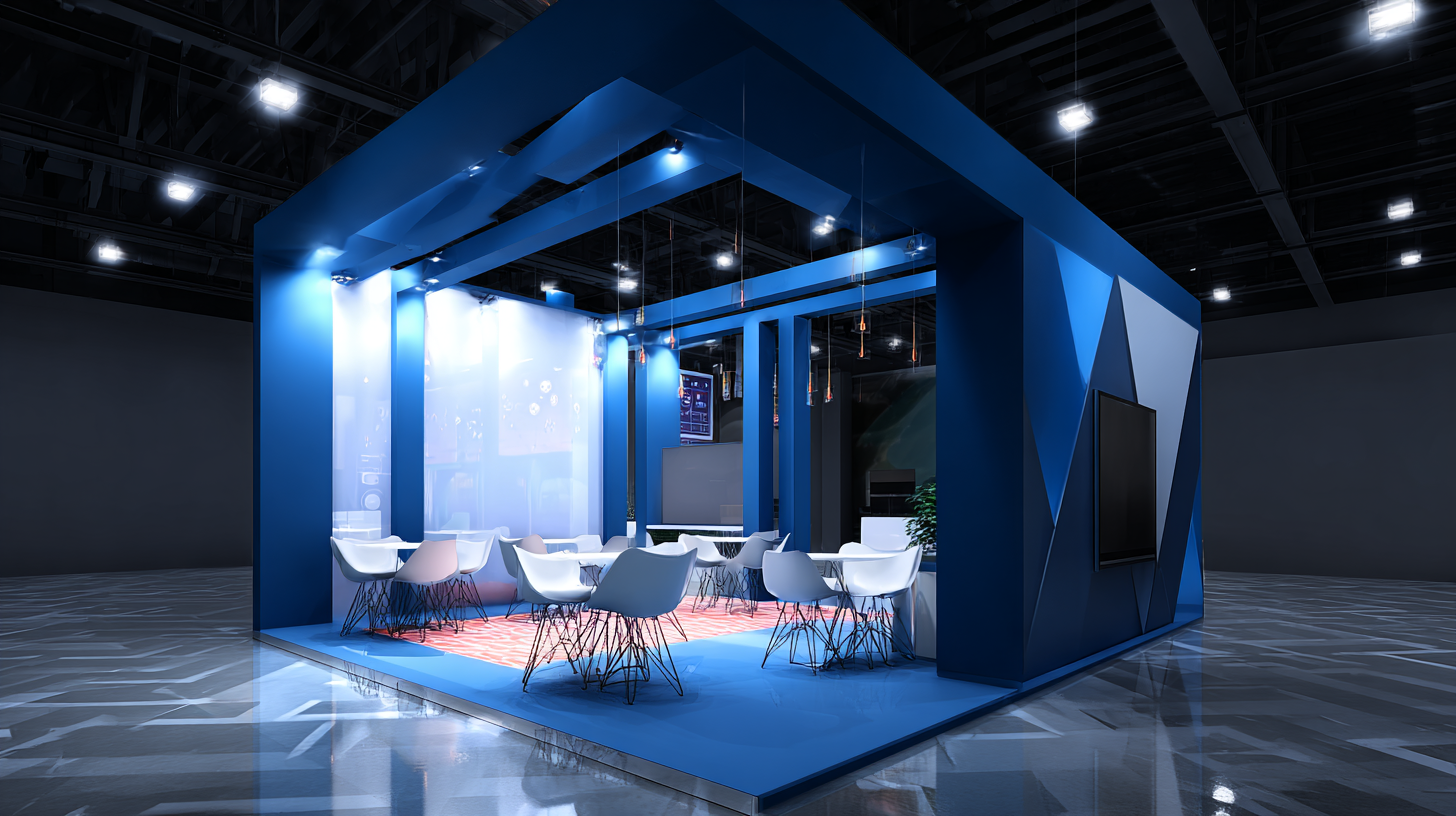
Choosing an Exhibition Standard Booth involves careful consideration of various factors, such as size, design, and functionality. Data from the Center for Exhibition Industry Research indicates that 73% of exhibitors cite booth design as a pivotal element influencing attendee engagement. This highlights the necessity of incorporating innovative design features that not only draw attention but also effectively communicate the brand's message. As trade shows continue to evolve, selecting the perfect booth will play a fundamental role in capturing potential customers' interest and translating it into tangible business opportunities.
In 2025, businesses will need to be more strategic than ever in crafting their exhibition presence, as the right booth can significantly enhance visibility and foster impactful connections. Analyzing market trends and leveraging professional expertise will be essential in making a choice that aligns with both brand identity and audience expectations.
Identifying your exhibition goals and target audience is crucial when preparing for a trade show in 2025. First, take the time to clearly define what you want to achieve at the exhibition. Are you aiming to increase brand awareness, launch a new product, or generate leads? Each goal requires a different approach not only in booth design but also in the overall strategy you employ during the event. For instance, if your primary goal is lead generation, your booth should facilitate meaningful interactions and collect visitor information efficiently.
Next, understanding your target audience is equally important. Who are you hoping to attract—industry professionals, potential clients, or key decision-makers? Analyze the demographics, interests, and pain points of your ideal audience to tailor your messaging and booth experience accordingly. This could involve creating engaging content, interactive displays, or offering live demonstrations that resonate specifically with their needs and preferences. By aligning your exhibition goals with a deep understanding of your target audience, you can create a compelling presence that not only draws attendees in but also leaves a lasting impression.
When planning your exhibition booth for a trade show in 2025, evaluating booth size and layout options is crucial for maximizing impact. According to a report by the Exhibitor Media Group, nearly 70% of trade show attendees report that they prefer to engage with exhibitors who have larger, well-designed booths. A larger space not only attracts attention but also provides room for immersive experiences—something that is becoming increasingly important in a digital-first world. The average effective booth size has grown to approximately 10x20 feet, which allows for a more flexible and inviting layout that can accommodate interactive elements.
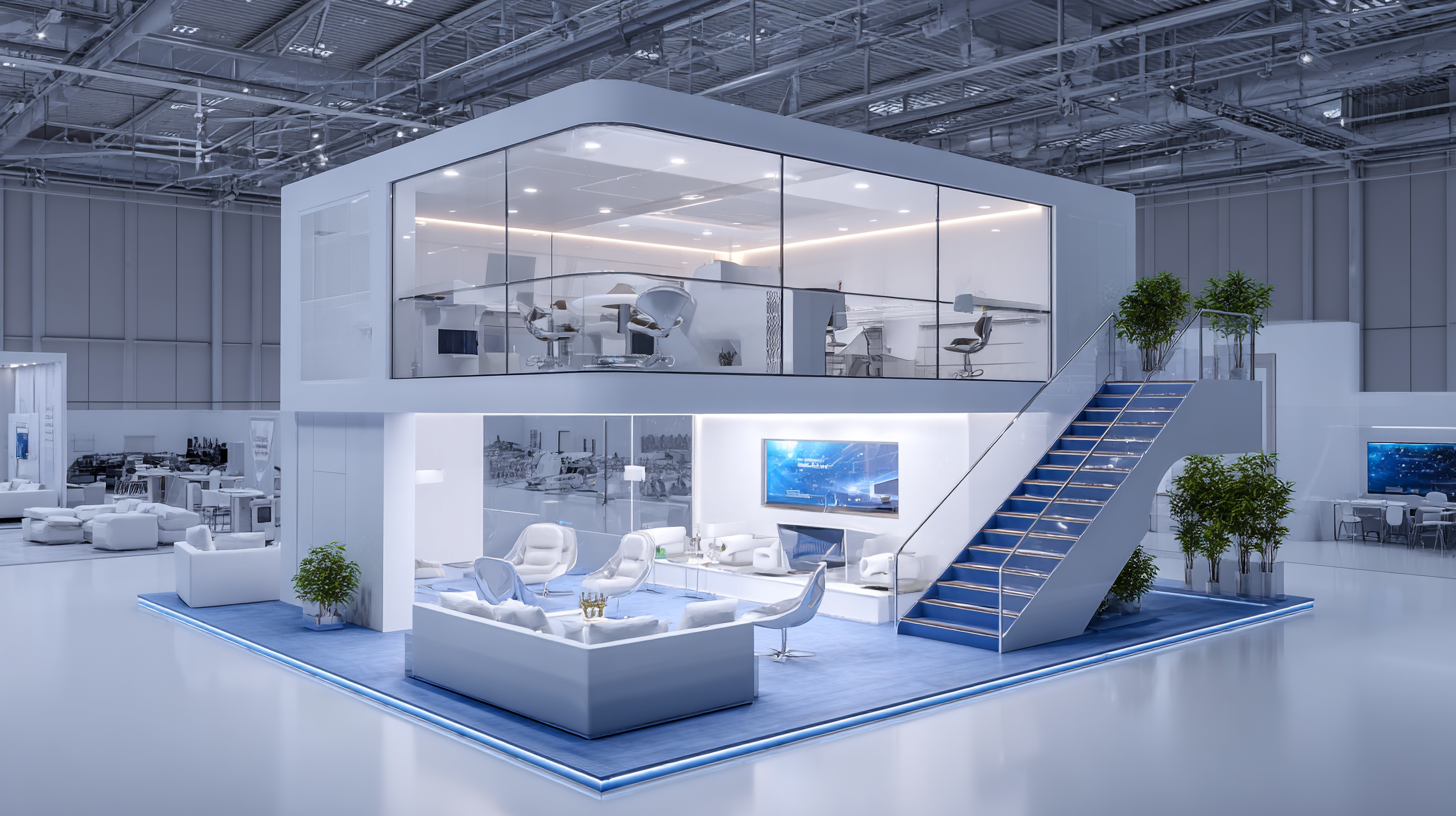
In addition to size, the layout of your booth can significantly influence visitor engagement. A study published by the Center for Exhibition Industry Research highlighted that booths designed with open layouts encourage attendees to enter and explore. Utilizing a combination of interactive displays, comfortable seating areas, and clear sightlines can create a welcoming atmosphere. The placement of key elements, such as presentation areas and product displays, should follow the principle of visual hierarchy, leading attendees through an engaging narrative that effectively showcases what your brand has to offer. Prioritizing these design aspects will ensure your booth stands out and drives meaningful interactions with potential clients.
In the ever-evolving world of trade shows, incorporating technology and interactive elements into your exhibition booth design is crucial for capturing attendee attention. As highlighted by recent reports, about 70% of marketers believe that engaging booth experiences significantly enhance lead generation and customer interaction during trade shows. This shift towards interactivity aligns with the trends of 2025, where immersion is key. Utilizing technologies such as augmented reality (AR) and virtual reality (VR) can create compelling experiences that leave lasting impressions on visitors, ultimately driving brand engagement.

Furthermore, the integration of microlearning principles can also enhance booth effectiveness. By offering bite-sized, interactive learning experiences, brands can educate potential customers in a memorable way. Recent research indicates that microlearning boosts retention rates by 20-25% compared to traditional learning methods. This approach not only caters to the preferences of the digitally savvy audience but also transforms the exhibition space into a dynamic learning environment. As trade shows continue to adapt to technological advancements, the hallmark of a successful booth in 2025 will undoubtedly be its ability to engage, educate, and inspire through innovative design.
When planning for a trade show, budgeting wisely is crucial for ensuring your exhibition standard booth is both effective and aligned with your financial constraints. Start by establishing a clear budget that not only covers the booth rental but also includes additional costs such as design, construction, shipping, and on-site services. It’s essential to factor in unexpected expenses that may arise, which can significantly impact your overall spending. By creating a detailed budget that encompasses all aspects of your exhibit, you can make informed decisions throughout the planning process.
Consider the value of investing in high-quality materials and equipment for your booth. While it might be tempting to cut costs on certain elements, opting for durable and visually appealing displays can greatly enhance your brand's image and attract more visitors. Additionally, explore options for booth sharing or utilizing modular designs that are both budget-friendly and versatile. By thoughtfully balancing cost considerations with the quality of your exhibition, you can create a compelling presence at your next trade show in 2025 without overspending.
| Booth Size (sq ft) | Estimated Cost ($) | Design Complexity | Additional Features |
|---|---|---|---|
| 10 x 10 | $5,000 | Basic | Table, Chairs |
| 10 x 20 | $10,000 | Moderate | TV Screen, Brochure Rack |
| 20 x 20 | $20,000 | Advanced | Interactive Display, Live Demo Area |
| 20 x 30 | $30,000 | Premium | Private Meeting Area, Custom Lighting |
| 30 x 30 | $50,000 | Luxury | Catering, VIP Lounge |
When selecting materials for your exhibition standard booth, consider durability and aesthetic appeal. High-quality materials not only withstand the rigors of transport and assembly but also contribute to a polished and professional look. For example, lightweight aluminum frames can provide strong support for graphics, while robust fabrics and finishes can enhance the overall appearance. Additionally, eco-friendly materials can offer a modern and conscientious touch, appealing to an audience increasingly concerned about sustainability.
Branding is another critical element in making a lasting impression at trade shows. Start by ensuring your logo and brand colors are prominently displayed and consistent across all elements of the booth. This cohesion reinforces brand recognition and creates a visually appealing experience. Incorporate interactive displays and multimedia presentations that reflect your brand’s story and values. By engaging visitors through compelling narratives and innovative designs, you create memorable interactions that resonate long after the show concludes.


